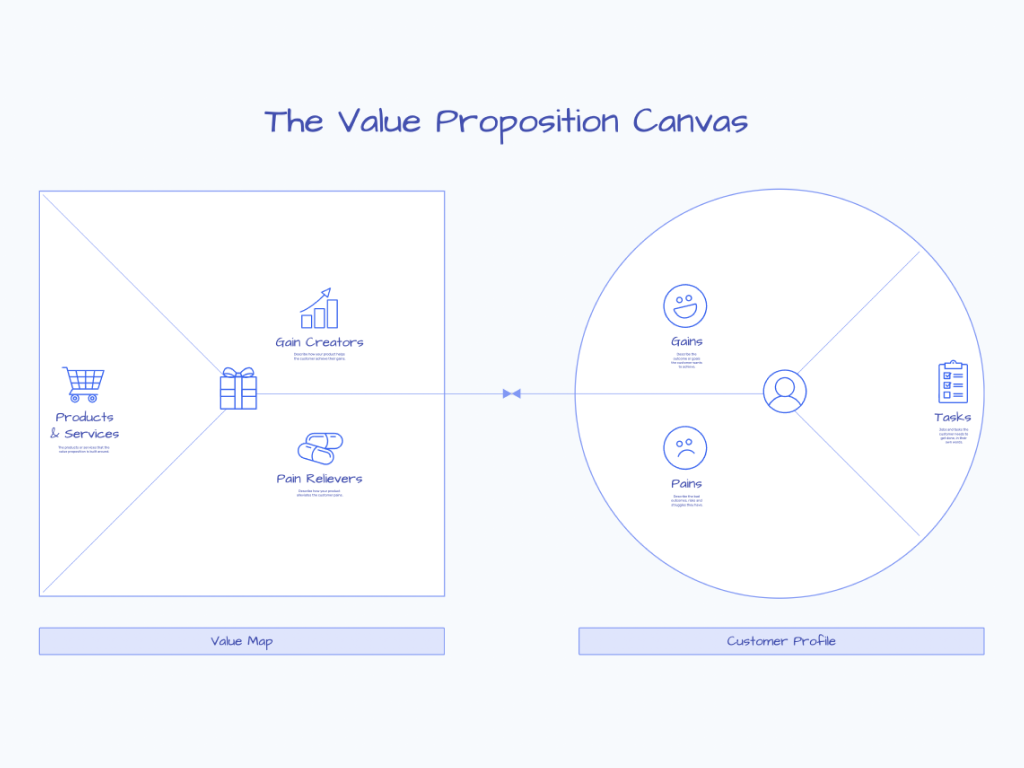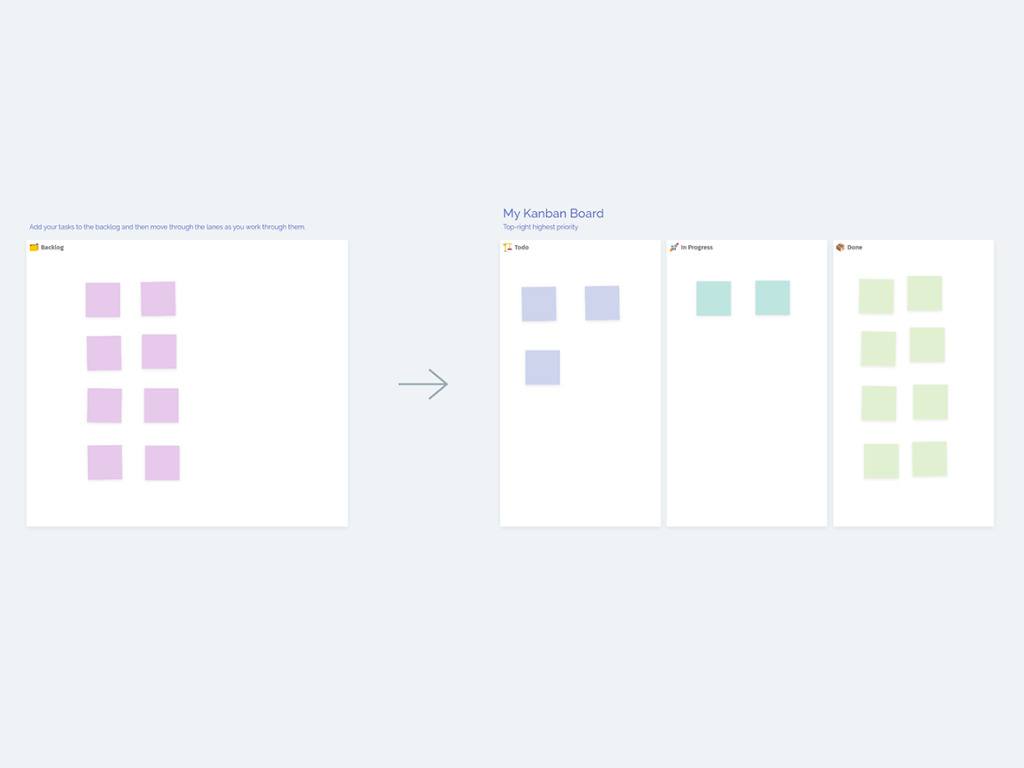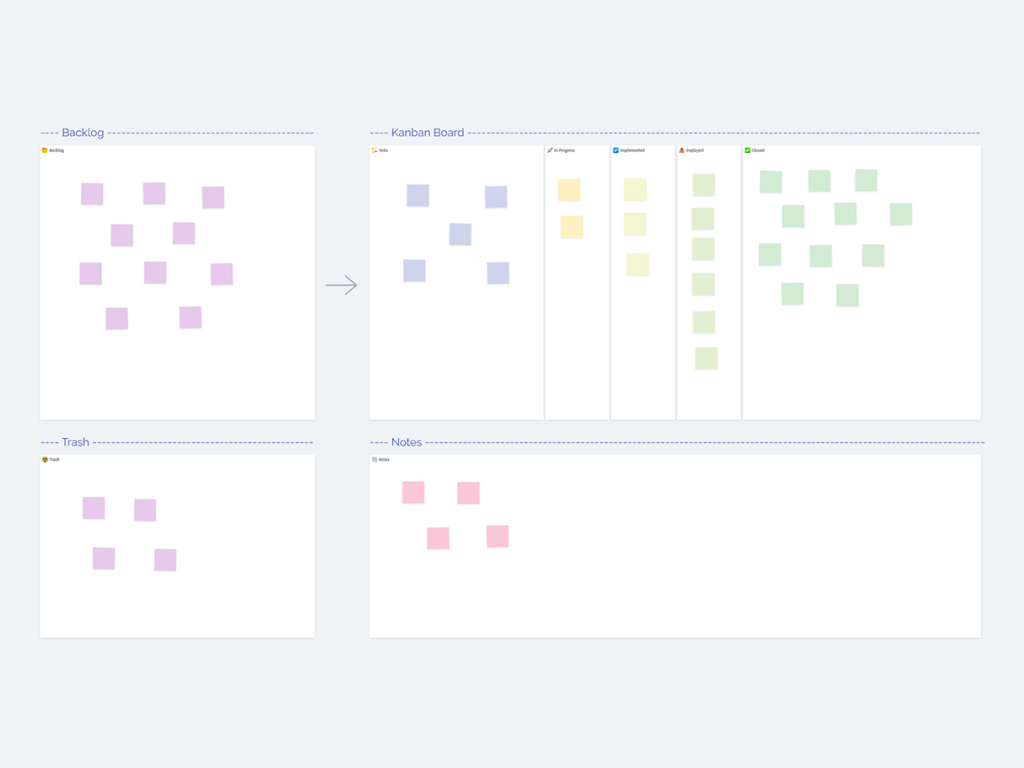Introducing the Goal-Oriented Product Roadmap: An Plan Based on Outcomes
As a product manager, you know how crucial it is to have a strategic plan in place to guide the evolution of your product over the coming months. A well-crafted product roadmap can set expectations, align stakeholders and development teams, prioritize tasks, and ultimately help you achieve your business objectives. However, too often roadmaps get bogged down in overly detailed features that make it challenging to secure agreement and create alignment. That’s where the goal-oriented (GO) product roadmap comes in.
The GO product roadmap combines goals and features to create a goal-oriented plan that is ideally suited for agile, dynamic environments. Unlike traditional roadmaps, the GO product roadmap puts goals at the center of the plan, describing the specific value the product will create and answering the question of why it is worthwhile to continue to invest time, money, and energy in developing the product.
How to Use the GO Product Roadmap template in Metro Retro
If you’re looking for a collaborative whiteboard to use with the GO product roadmap, look no further than Metro Retro. Here’s how to use the GO product roadmap in Metro Retro:
- Start by identifying the desired outcomes or benefits the product should create over the coming months. These goals should describe the specific value the product will create and answer the question of why it is worthwhile to (continue to) invest time, money, and energy in developing the product.
- Use the GO product roadmap template in Metro Retro to map out your product goals, ensuring that they align with the needs and business goals described in your product strategy. Order the goals to tell a meaningful story of how the product is likely to evolve. Add the timeframe and give a name to each update.
- Then provide the features or product capabilities necessary to reach the goal. Limit the number of features for each goal to three to five. Any more and you lose clarity. Keep in mind that your product roadmap should be a high-level plan, and the product details should be covered in the product backlog.
- Use the last row to state the metrics, the measurements that help you determine if a goal has been met and if the desired value has been created. Using metrics helps ensure that the product goals identified are specific and measurable.
- Regularly review, update, and improve the product roadmap as needed to ensure it continues to serve as an effective guide for your product’s evolution.
Goal Oriented Product Roadmap Summary
The Goal-oriented Product Roadmap helps focus the roadmap on the product – what you’re releasing and why. It helps shift the conversation away from dates and features and toward strategic initiatives. By using the GO product roadmap in Metro Retro, you can ensure that your product development stays aligned with your business goals and objectives while keeping your team focused on the most important outcomes.
The GO Roadmap is by Roman Pichler, licensed under Creative Commons CC 4.0 BY-SA license.



